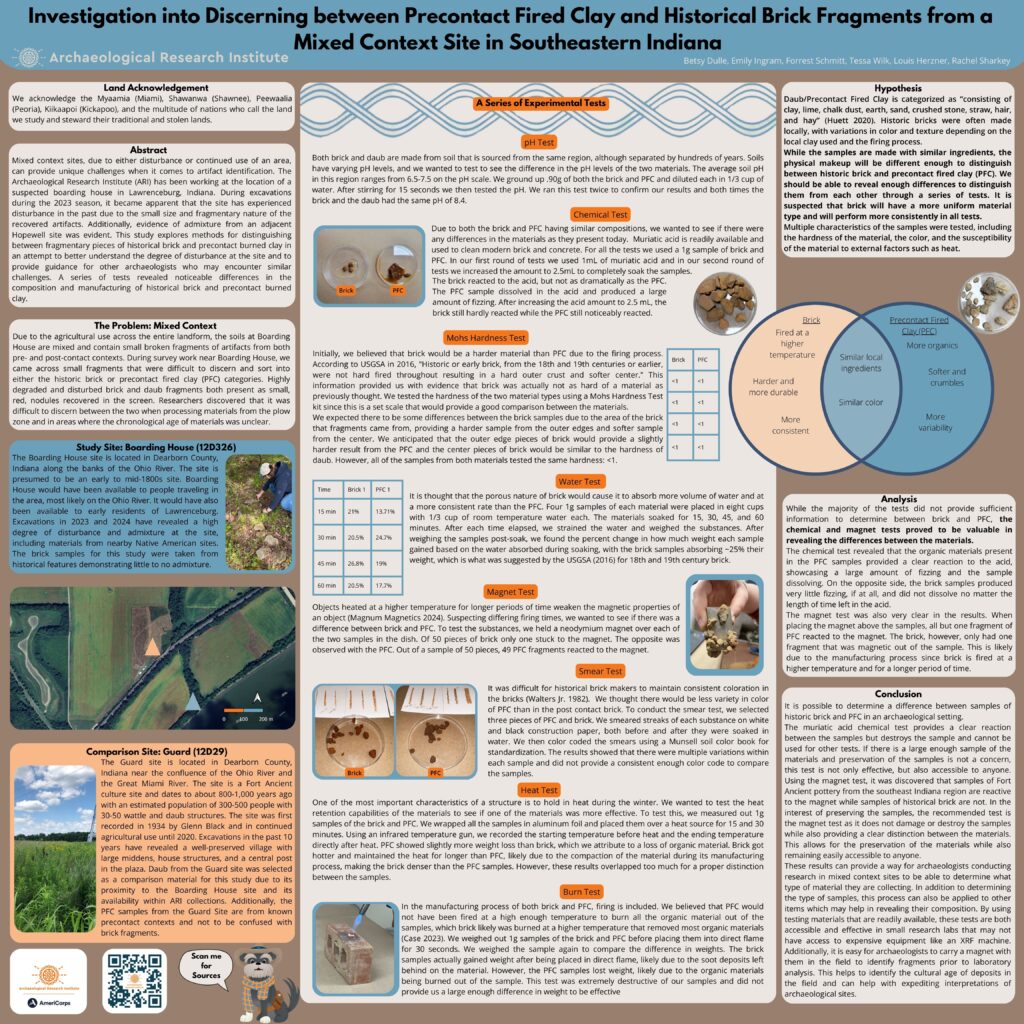Presentations and Publications
Step into the comprehensive collection of esteemed presentations brought to you by the Archaeological Research Institute (ARI). Within this archive, you will discover a diverse group of presenters, including seasoned archaeologists, dedicated students, enthusiastic volunteers, and esteemed ARI AmeriCorps members. Together, their collective expertise has contributed invaluable research to the archaeological realm. Through captivating oral presentations, enlightening posters, and thought-provoking publications, we have proudly showcased our remarkable findings at numerous professional conferences, spanning local, regional, and national levels. These engaging mediums delve deep into our ongoing endeavors to safeguard local history, as well as our innovative approaches in public archaeology education.



